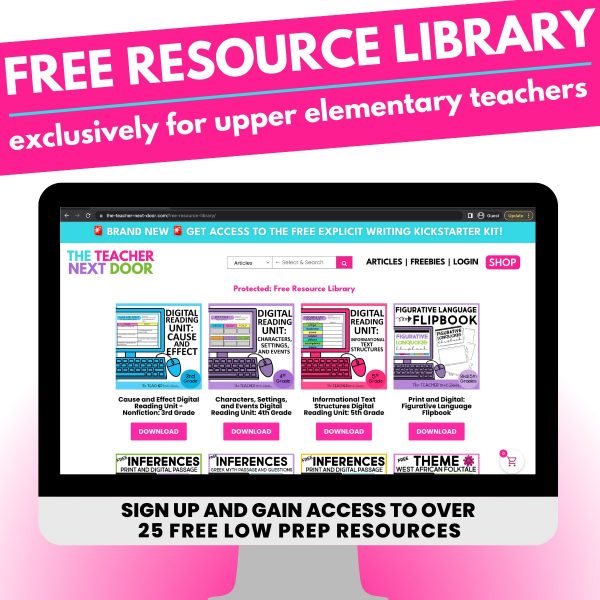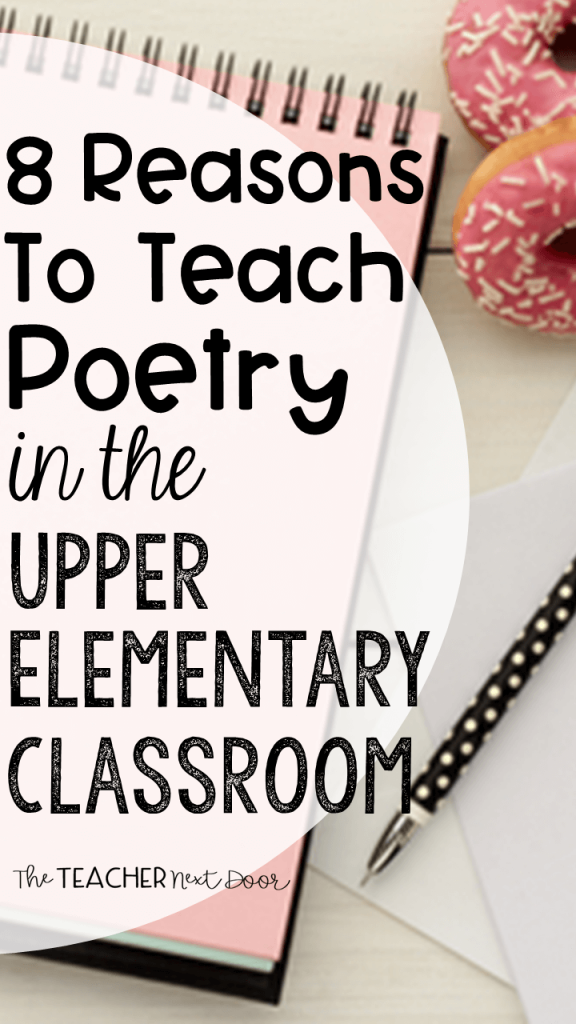
Whether you love poetry or are somewhat reluctant to dive into it regularly, there are so many reasons why poetry is important for upper elementary students!
Here are 8 reasons poetry is beneficial for students:
1. Poetry Promotes Reading, Speaking, and Listening Skills
Reading teachers know that presenting students with a variety of types of text is important, and poetry is definitely a unique format. This is a format that’s beneficial for reading, speaking, and listening skills as it lends itself to sharing often.
Those repeated readings are a great way to practice reading fluency. Using poetry as an opportunity for students to present in a small group, to a buddy class partner, or in front of the class gives kids an authentic reason for the repeated readings (like…we need to practice this to get ready!).
The share time allows kids to build listening skills and the discussions that follow enhance speaking skills.
Boom! Bellow! Bleat! by Georgia Heard is one that’s written especially for partners to read together:
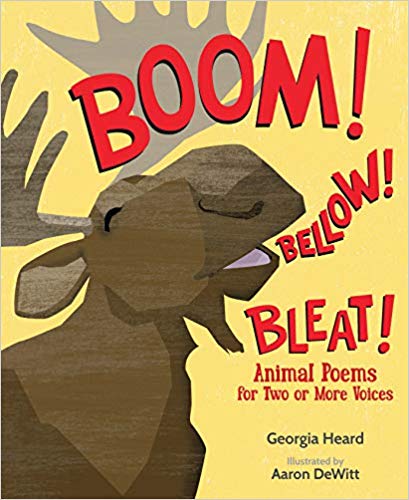
2. Poetry Can Be Used to Teach Reading Skills
Poetry works well as part of a reading mini-lesson. So many reading skills like theme, cause and effect, compare and contrast, character traits, and more can be taught using selected poetry.
I love the short nature of poems, which means that an entire poem can be included as a way to highlight reading concepts.
This one is called A Stone Sat Still by Brendan Wenzel. It has an environmental theme.
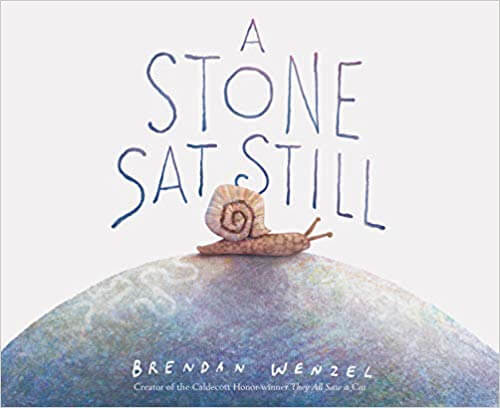
3. Poetry Helps Increase Vocabulary and Language
Another benefit of poetry, just like any mentor text, is that it exposes students to rich language, which builds vocabulary.
Students need to be exposed to new vocabulary words a number of times before that word is internalized and poetry is an excellent opportunity for this.
Vocabulary can also be built by using context clues within the poem, to help students become more familiar with a variety of new words.
Poetry is a great way to expand language knowledge too. It can be used to teach sentence structure, parts of speech, and other grammar skills.
Ruth Heller has lots of beautiful poetry books that teach grammar concepts. Here’s one called A Cache of Jewels: And Other Collective Nouns
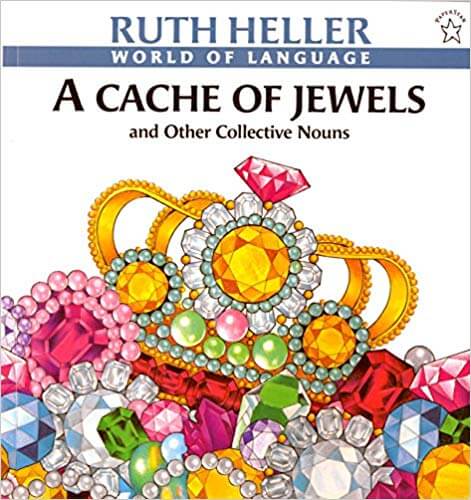
4. Poetry Can Inspire Writing
Writing poetry can encourage students to see themselves as authors! There are so many types of poetry that have simple but specific requirements. With a little guidance, students can follow that pattern to create their own pieces.
For example, haiku poems have three lines and follow a 5 – 7 – 5 beats (syllables, not words) per line pattern. Using this template as a starting point, allows all students to create a poem successfully.
Here’s one example: Won Ton: A Tale Told in Haiku by Lee Wardlaw
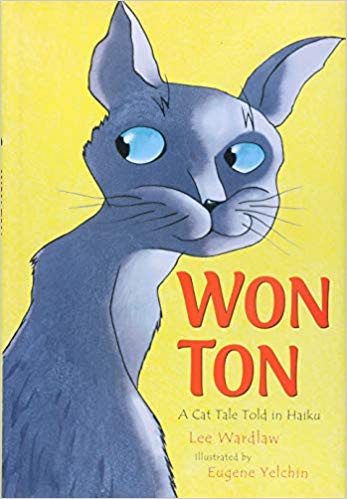
5. Poetry Can Reinforce Concepts Across the Curriculum
Poetry is a type of mentor text that may be used for virtually any concept! There are poetry books for math, social studies, and science!
Well-chosen poetry can be used effectively to introduce, reinforce, or review just about any concept.
Here’s one your science lovers might enjoy: In the Past: From Trilobites to Dinosaurs to Mammoths in More Than 500 Million Years by David Elliot
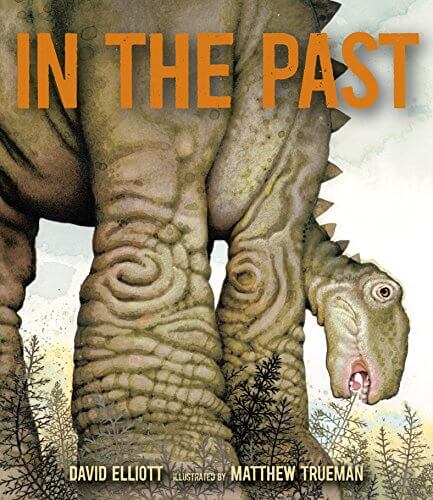
6. Poetry Can Encourage Expression and Creative Thinking
In a sometimes chaotic world, poetry offers a way for kids to express themselves in a creative way. It can be used to allow students to express their thoughts and feelings, which may be difficult to verbalize.
Kids may express their viewpoints about small things or about larger concepts like community, national, or world issues.
Poetry also encourages kids to think creatively. It allows them to use their imagination as they visualize a poem’s meaning. In addition to fun, lots of higher-level thinking skills are involved in creating a poetry piece.
This one is full of creative ideas and is called Sticks by Diane Alber:
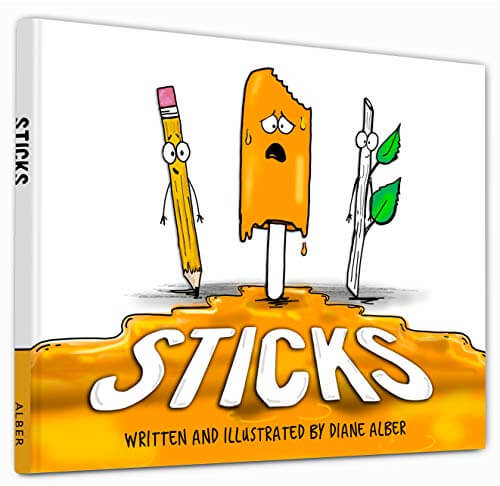
7. Poetry Can Promote Social Emotional Learning
Poetry is a great addition to morning meetings or to class discussion times! When you take the time to read a poem and discuss it, students may see themselves in a poem and may start understand themselves or a life situation a little better. They may also learn to see something from a new perspective.
Here’s one by Judith Viorst that has lots of poems about the different feelings of childhood.
It’s called What Are You Glad About? What Are You Mad About?: Poems for When a Person Needs a Poem
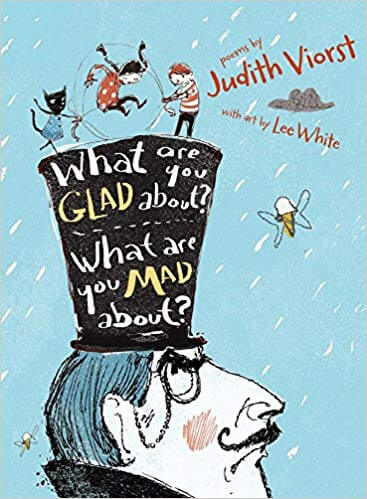
8. Poetry Can Be Used To Encourage a Love of Reading
Something that’s important to me is to help readers see reading as an enjoyable activity. I know that kids who are hooked on reading tend to read more and become better readers as a result. So, promoting poetry is one way to do that.
Another great thing about poetry is that its short passages feel less intimidating for struggling readers or ELL students. For reluctant readers, poetry may seem a bit more welcoming as a reading format.
This one has silly poems to the tune of popular songs: Take Me Out of the Bathtub and Other Sily Dilly Songs by Alan Katz
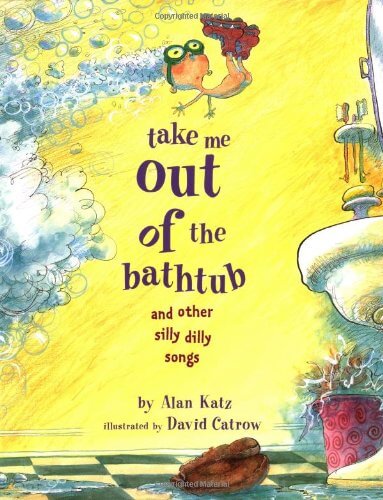
If you’re looking for a few poetry books guaranteed to be fun for your upper elementary students, you might like this post: Poetry Books Kids Love
For all of these reasons, poetry is a genre that benefits upper elementary students as readers, as writers, and as thinkers.
It’s my hope that you include poetry as a regular part of your reading toolbox. Kids need that little push from you as a teacher. Otherwise, they may not discover poetry or spend time reading it.
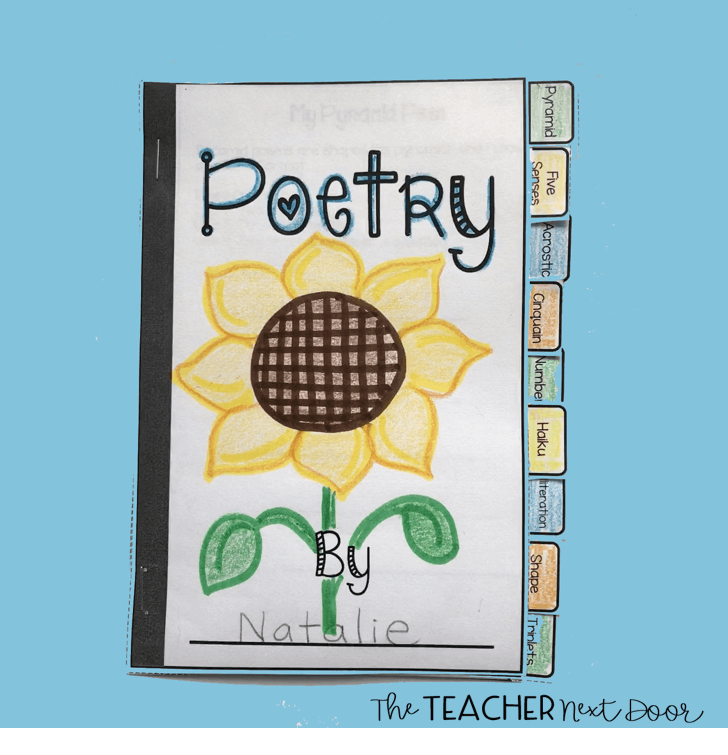
If you’re interested in a time-saving poetry resource that also includes drama and prose, you might like to take a look at my Elements of Poetry, Drama, and Prose unit for 3rd – 5th Grades.
It comes in both print AND digital and includes a flipbook with directions and examples for 9 different poems, as well as passages and handouts.
I also love using these Elements of Poetry, Drama, and Prose DIGITAL Units!
They’re totally different than the print and digital version above but are also a great way to add poetry to your classroom! They include passages, reading comprehension, vocabulary, and reading strategy slides in an interactive format your students will LOVE!
Click here to take a look at each grade level, from 3rd – 5th:
Thanks so much for stopping by!
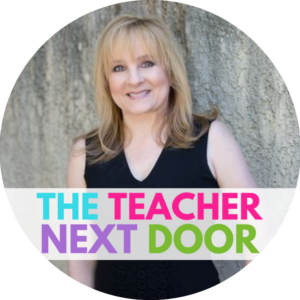
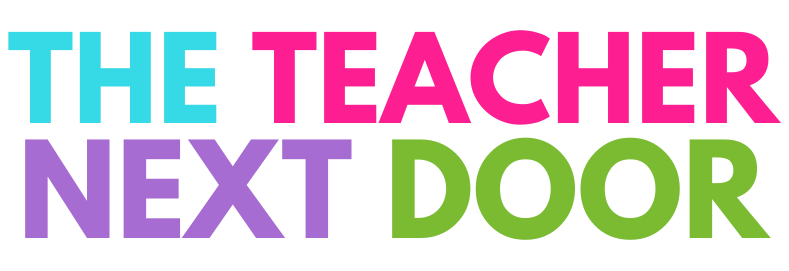
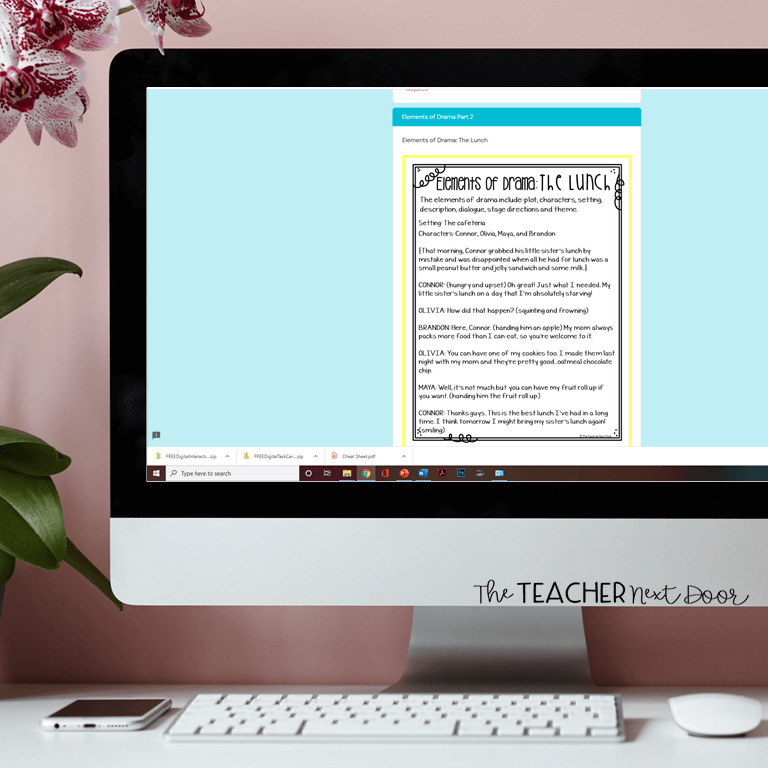
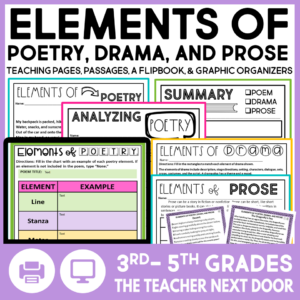
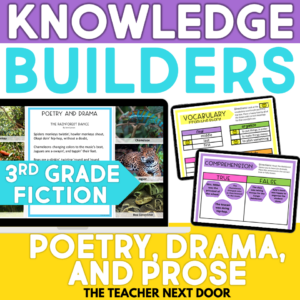
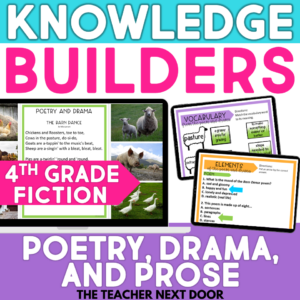
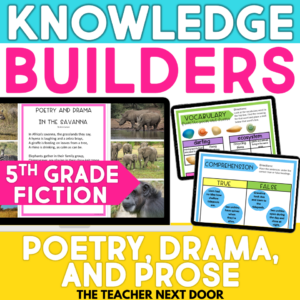
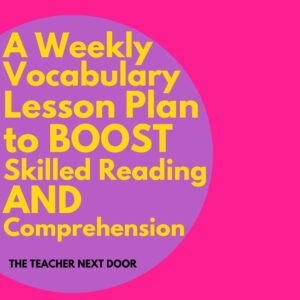
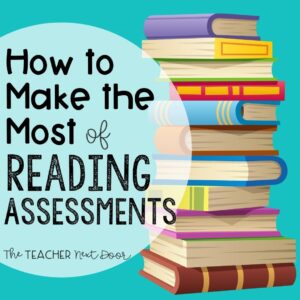
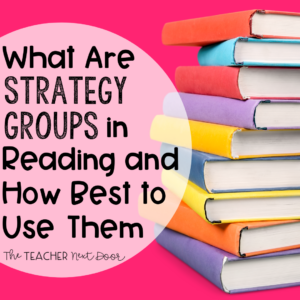
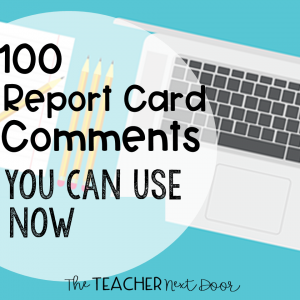
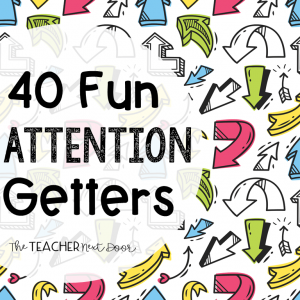
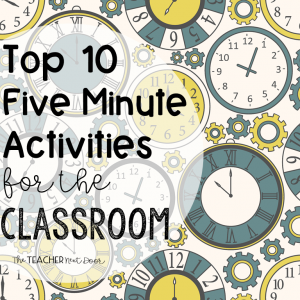


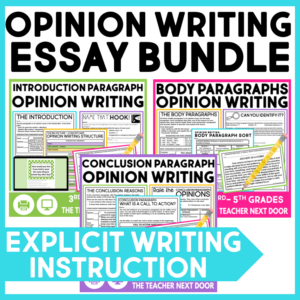

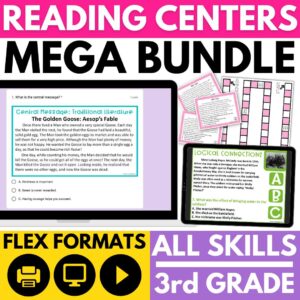
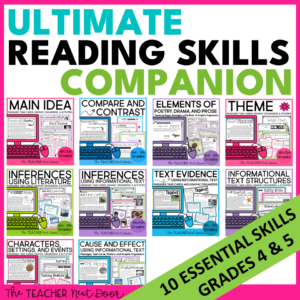
![DAY THREE DROPS! ⬇️⬇️⬇️
👉 Today, you can…
✔️ Grab done-for-you resources to keep your students engaged for $3
✔️ Grab FREE instant download activities!
✔️ Grab all of this week’s deals if you missed any!
ALL 5 of these comprehensive resources from my shop are $3 today to help fight spring fever in your classroom! 🌸🌼🌷
✏️ [BRAND NEW] Step-By-Step Personal Narrative Unit
✏️ Paired Texts Fiction to Nonfiction for Spring
✏️ 4th Grade Morphology & Vocabulary Unit
✏️ Main Idea Unit for 4th & 5th Grades
✏️ Figurative Language Complete Unit for Busy Teachers
Want the link to all the deals and freebies? Comment APRIL PARTY and we’ll send it directly to your DMs! 📫💌
PS - Don’t forget that you can still access all the Day 1 and Day 2 Deals too! 🩷](https://the-teacher-next-door.com/wp-content/plugins/instagram-feed/img/placeholder.png)

